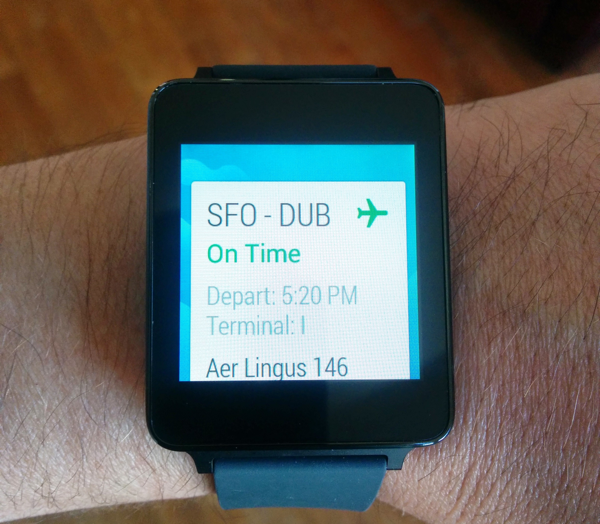Dec
02
Apps within apps – End of apps as we know them?
I wondered how long it would take for apps to start integrating with other apps. The first app I noticed this occurrence was Uber – integrating Password1 to retrieve a filed Uber password. Upon reflecting this really was nothing new in that Stripe and Braintree payments have been in apps for a long time via SDKs.
With the arrival of the Apple Watch early 2015 users are likely to expect more than ever a consistent experience across all devices (smartphone, smartwatch, desktop and tablet). The components in the fabric of the OSs are already supporting this concept through notifications across all Apple platforms.
The fact that most apps are essentially “thin client UIs” connecting to APIs with data in the cloud makes this possible.
Paul Adams discusses this trend further in his blog post The end of apps as we know them – an extract:
“This is also a little similar to the recently launched Apple Extensions, and is already happening in app development in China with Baidu and WeChat, where smaller apps are being bundled within bigger apps, only surfacing when some interaction in the UI invokes the smaller app. For example, in Baidu Maps you can find a hotel, check room availability, and make a booking, all inside the app.” Certainly interesting for app development in travel.
This is a trend that I would like to see continue. One of my cloud startups TripYada.com adopts this light integration through a travel specific social signin that can be integrated into travel apps and websites to improve the user experience.

